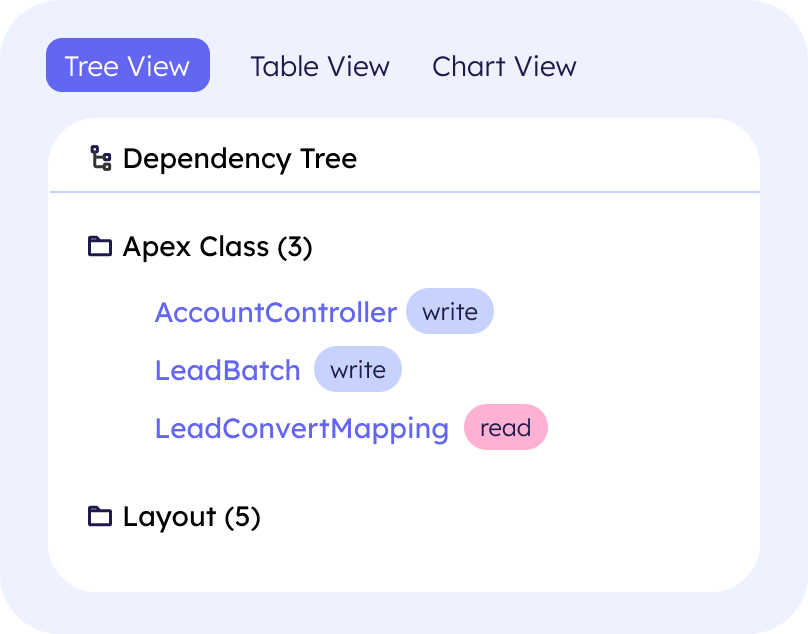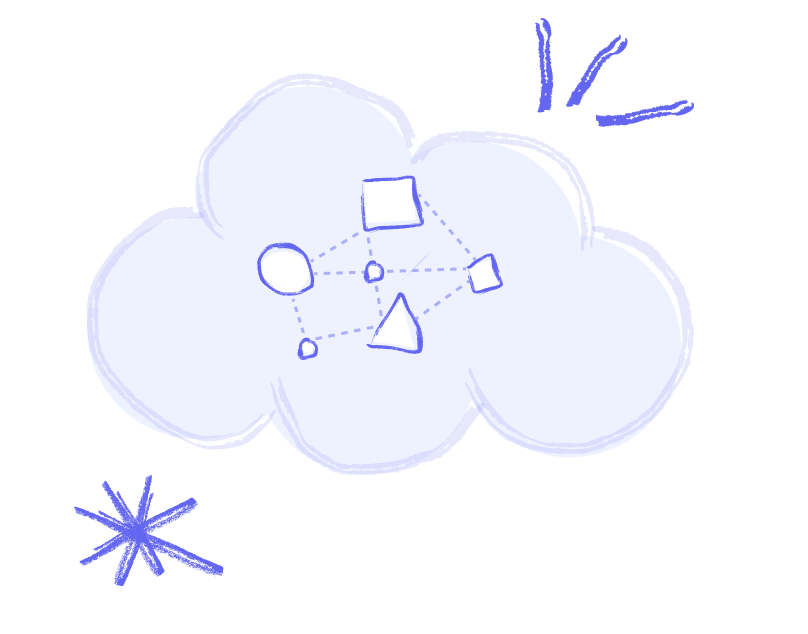
Beautiful org visualization for Salesforce teams struggling with complexity and tech debt.
Login to HappySoupTrusted by Salesforce teams at






(and maybe vacation too!)
Salesforce’s “Where is this used?” only scratches the surface. HappySoup gives you the full picture: find dependencies across flows, objects, Apex, and templates, see what’s reading or writing to a field, and track real-world usage.

Explore how objects, Apex classes, flows, email templates, and even hard-coded IDs are connected. Understand all the automations tied to a single object and see how much the business relies on it, so you know exactly where to start when making changes.
.png)
HappySoup flattens and exports all workflow rules, alerts, tasks, and field updates into a single view. This makes it easy to spot duplicates, overlaps, and consolidation opportunities, so you can simplify business processes and reduce technical debt.

HappySoup helps you visualise all the metadata that a feature depends on so you can isolate “deployment boundaries.” This helps you understand your org as discrete units of metadata, which can help you migrate to package-based development, populate scratch orgs and reduce coupling.

HappySoup goes far beyond impact analysis. We’re continuously adding tools to help you search across all metadata, understand dependencies and boundaries, and see how everything is connected.

.png)
Other tools chase every feature. HappySoup stays focused on one thing — helping you understand your org.
Login to HappySoupHappySoup.io began in 2020 as a small side project with a simple goal — to make it easier to understand what’s inside a Salesforce org.
Five years and thousands of users later, that same vision still guides us: to be the best way to visualize the complexity of any Salesforce org.
We believe that great design solves problems better than buzzwords.
While others chase AI, we focus on clear, thoughtful UI and UX, because sometimes an image really does speak a thousand words.